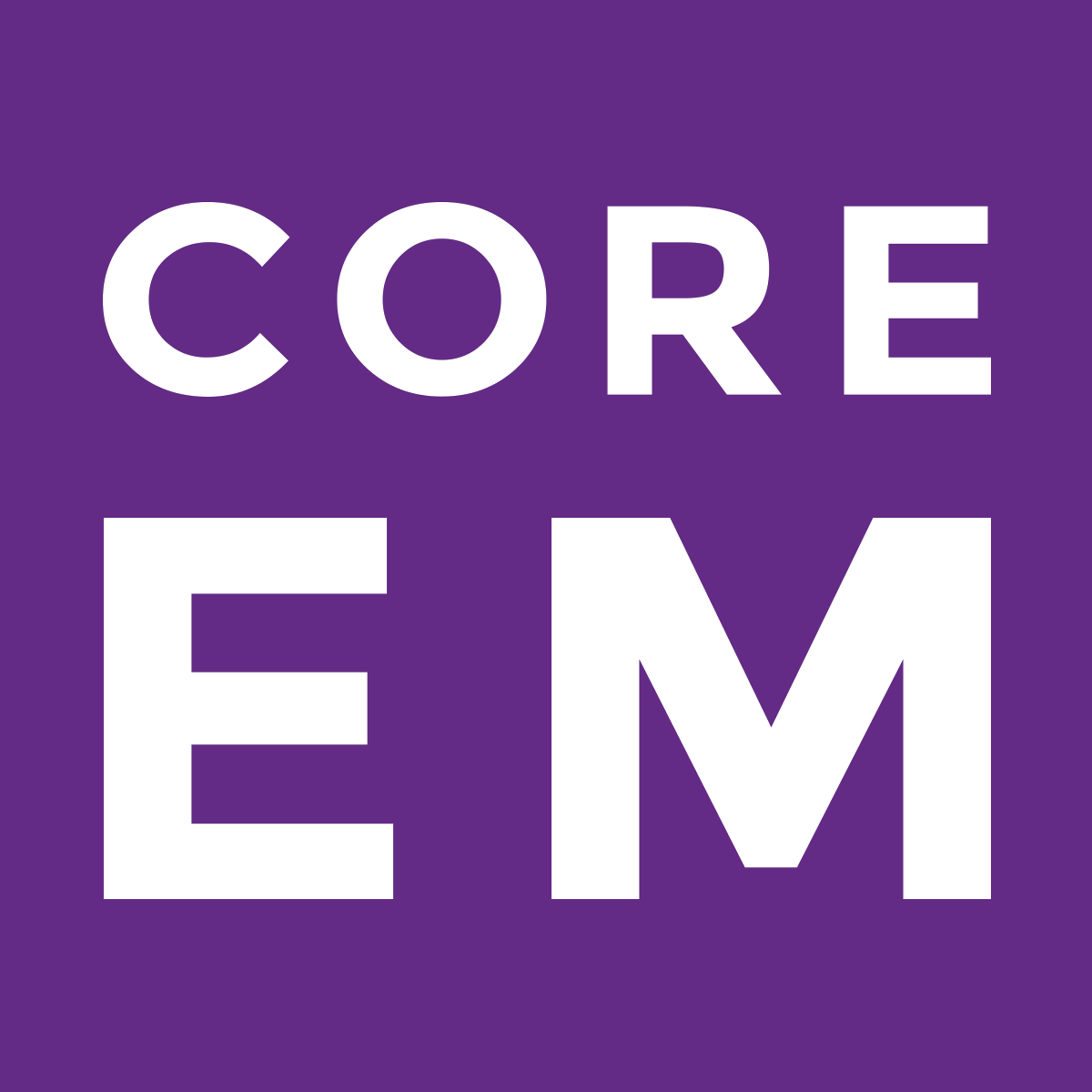
Episode 142.0 – Morning Report Pearls IV

Core EM - Emergency Medicine Podcast
Shownotes Transcript
[
](https://coreem.net/podcast/episode-142-0/) )
This week we discuss more pearls from our morning report conference on APE, SAH and caustic ingestions.
[https://media.blubrry.com/coreem/content.blubrry.com/coreem/Podcast_Episode_142_0_Final_Cut.m4a](https://media.blubrry.com/coreem/content.blubrry.com/coreem/Podcast_Episode_142_0_Final_Cut.m4a))
Download)
[Leave a Comment](https://coreem.net/podcast/episode-142-0/#comments))
Tags: [APE](https://coreem.net/tag/ape/)), [Cardiology](https://coreem.net/tag/cardiology/)), [Caustic Ingestions](https://coreem.net/tag/caustic-ingestions/)), [CHF](https://coreem.net/tag/chf/)), [SAH](https://coreem.net/tag/sah/)), [SCAPE](https://coreem.net/tag/scape/)), [Subarachnoid Hemorrhage](https://coreem.net/tag/subarachnoid-hemorrhage/)), [Toxicology](https://coreem.net/tag/toxicology/))
## Show Notes
Take Home Points
In patients with APE, give high-dose nitro to decrease after load and preload quickly. 400-500 mcg/min for the first 4-5 minutes is my standard approach
Consider DSI to facilitate pre-oxygenation. Ketamine is your go to drug here
A NCHCT performed within 6 hours of symptom onset is extremely sensitive for ruling out SAH but, nothing is 100%. If you’ve got a high-risk patient, you should still consider LP
Patients with caustic ingestions can have rapidly deteriorating airways. Prepare early and be ready to take over the airway at a moments notice
Read More
Core EM: Acute Pulmonary Edema)
EMCrit: Sympathetic Crashing Acute Pulmonary Edema (SCAPE))
EMCrit: Delayed Sequence Intubation)
Core EM: Setting Up Non-Invasive Ventilation)
The SGEM: Thunderstruck (Subarachnoid Hemorrhage))
Friedman BW. Managing Migraine. Ann Emerg Med 2017; 69(2): 202-7. PMID: 27510942)